Non-Invasive Pain Management: Embracing Natural Approaches for Relief and Healing
Non-invasive measures for pain management are alternative techniques and therapies that do not require surgery, injections, or other invasive procedures. These approaches focus on addressing pain and promoting healing through non-surgical and non-pharmacological means. They can be effective for various types of pain, ranging from acute to chronic pain conditions. Here are some common non-invasive measures for pain management:
1. Physical Therapy: Physical therapy is a non-invasive treatment that involves exercises, stretches, and manual techniques to improve strength, flexibility, and mobility. Physical therapists design personalized treatment plans to address specific pain conditions and promote healing.
2. Heat and Cold Therapy: Applying heat or cold to the affected area can help alleviate pain and reduce inflammation. Heat therapy (e.g., heating pads or warm compresses) can relax muscles and improve blood flow, while cold therapy (e.g., ice packs) can numb the area and reduce swelling.
3. Massage Therapy: Massage therapy involves manual manipulation of muscles and soft tissues to promote relaxation, reduce muscle tension, and alleviate pain. It can be beneficial for various pain conditions, including back pain, neck pain, and headaches.
4. Acupuncture: Acupuncture is an ancient Chinese therapy that involves inserting thin needles into specific points on the body to balance the flow of energy (Qi). It can help relieve pain by stimulating the body's natural healing mechanisms and promoting a sense of well-being.
5. Chiropractic Care: Chiropractic care focuses on the diagnosis and treatment of musculoskeletal disorders, particularly those affecting the spine. Chiropractors use manual adjustments and manipulations to realign the spine and alleviate pain.
6. Transcutaneous Electrical Nerve Stimulation (TENS): TENS is a non-invasive therapy that uses a small battery-operated device to deliver electrical impulses to the nerves. It can help reduce pain signals and provide relief for various types of chronic pain.
7. Mind-Body Techniques: Mind-body techniques, such as meditation, deep breathing, guided imagery, and progressive muscle relaxation, can help manage pain by reducing stress and promoting relaxation.
8. Exercise and Movement: Low-impact exercises like walking, swimming, and yoga can help improve flexibility, strength, and overall well-being. Regular physical activity can release endorphins (natural painkillers) and contribute to pain relief.
9. Cognitive Behavioral Therapy (CBT): CBT is a type of talk therapy that can help individuals manage chronic pain by addressing negative thought patterns and developing coping strategies.
10. Herbal and Supplement Therapies: Some herbal supplements, such as turmeric, ginger, and omega-3 fatty acids, have anti-inflammatory properties and may provide pain relief. Consult with a healthcare professional before using supplements.
It's essential to work with healthcare professionals, such as physicians, physical therapists, or pain specialists, to determine the most suitable non-invasive measures for your specific pain condition. Each individual's response to these treatments can vary, and a personalized approach is crucial for effective pain management. Always inform your healthcare provider about any ongoing pain or discomfort to receive proper evaluation and care.
